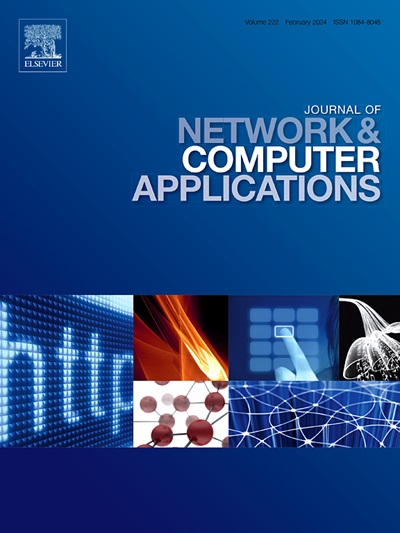A survey on the state-of-the-art CDN architectures and future directions
IF 7.7
2区 计算机科学
Q1 COMPUTER SCIENCE, HARDWARE & ARCHITECTURE
引用次数: 0
Abstract
A Content Delivery Network (CDN) consists of a distributed infrastructure of proxy servers designed to deliver digital content to end users effectively. CDNs have gained popularity due to increasing Internet users and their growing demand for low-latency content delivery. However, several unexplored aspects within CDN technology, including management, standardization, and architecture of CDNs, are crucial to staying aligned with industry trends and advancements. Previous survey papers focus on CDN aspects and have not yet categorized state-of-the-art CDN architectures. In this survey, we categorize and analyze seven state-of-the-art CDN architectures, providing a detailed analysis of their components, benefits, and limitations. We highlight advancements such as the convergence of CDN and Content-Centric Networking (CCN) paradigms for improved data retrieval, fog-based CDN collaboration with MEC for edge processing optimization, and blockchain technology for secure content delivery. Additionally, we also identify research challenges within CDN architectures and discuss the effectiveness of proposed solutions. Finally, we propose future research directions, including the collaboration of reinforcement learning for adaptive edge responses in CDN-P2P, machine learning for CDN selection in multi-CDN setups, and federated learning for improved caching in software-based and fog-based CDNs.
最新的CDN架构和未来方向的调查
内容交付网络(CDN)由分布式代理服务器基础设施组成,旨在有效地向最终用户交付数字内容。由于互联网用户的增加以及他们对低延迟内容交付的日益增长的需求,cdn越来越受欢迎。然而,CDN技术中一些未开发的方面,包括CDN的管理、标准化和架构,对于保持与行业趋势和进步保持一致至关重要。以前的调查论文集中在CDN方面,并没有分类最先进的CDN架构。在本调查中,我们对七种最先进的CDN架构进行了分类和分析,并详细分析了它们的组成、优势和局限性。我们重点介绍了CDN和内容中心网络(CCN)范式的融合,以改进数据检索,基于雾的CDN与MEC合作以优化边缘处理,以及区块链技术用于安全内容交付。此外,我们还确定了CDN架构中的研究挑战,并讨论了提出的解决方案的有效性。最后,我们提出了未来的研究方向,包括CDN- p2p中自适应边缘响应的强化学习协作,多CDN设置中CDN选择的机器学习,以及基于软件和基于雾的CDN中改进缓存的联邦学习。
本文章由计算机程序翻译,如有差异,请以英文原文为准。
求助全文
约1分钟内获得全文
求助全文
来源期刊

Journal of Network and Computer Applications
工程技术-计算机:跨学科应用
CiteScore
21.50
自引率
3.40%
发文量
142
审稿时长
37 days
期刊介绍:
The Journal of Network and Computer Applications welcomes research contributions, surveys, and notes in all areas relating to computer networks and applications thereof. Sample topics include new design techniques, interesting or novel applications, components or standards; computer networks with tools such as WWW; emerging standards for internet protocols; Wireless networks; Mobile Computing; emerging computing models such as cloud computing, grid computing; applications of networked systems for remote collaboration and telemedicine, etc. The journal is abstracted and indexed in Scopus, Engineering Index, Web of Science, Science Citation Index Expanded and INSPEC.
 求助内容:
求助内容: 应助结果提醒方式:
应助结果提醒方式:


